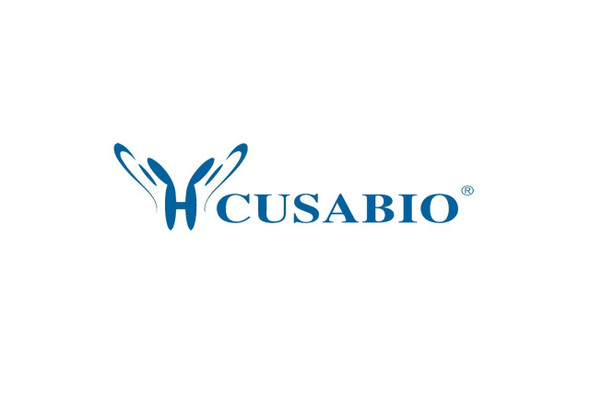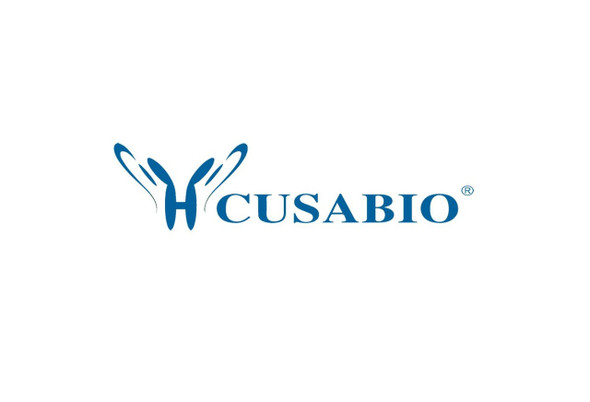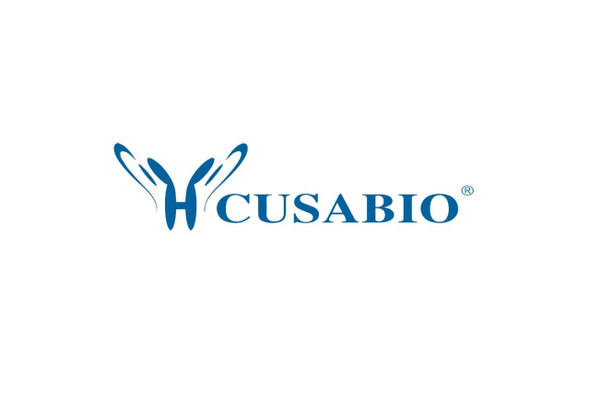Cusabio Saccharomyces cerevisiae Recombinants
Recombinant Saccharomyces cerevisiae tRNA N6-adenosine threonylcarbamoyltransferase (KAE1) | CSB-YP330543SVG
- SKU:
- CSB-YP330543SVG
- Availability:
- 25 - 35 Working Days
Description
Recombinant Saccharomyces cerevisiae tRNA N6-adenosine threonylcarbamoyltransferase (KAE1) | CSB-YP330543SVG | Cusabio
Alternative Name(s): Kinase-associated endopeptidase 1 N6-L-threonylcarbamoyladenine synthase Short name: t(6)A synthase t(6)A37 threonylcarbamoyladenosine biosynthesis protein KAE1 tRNA threonylcarbamoyladenosine biosynthesis protein KAE1
Gene Names: KAE1
Research Areas: Others
Organism: Saccharomyces cerevisiae (strain ATCC 204508 / S288c) (Baker's yeast)
AA Sequence: MVNLNTIPPKNGRDYYIALGLEGSANKLGVGIVKHPLLPKHANSDLSYDCEAEMLSNIRDTYVTPPGEGFLPRDTARHHRNWCIRLIKQALAEADIKSPTLDIDVICFTKGPGMGAPLHSVVIAARTCSLLWDVPLVGVNHCIGHIEMGREITKAQNPVVLYVSGGNTQVIAYSEKRYRIFGETLDIAIGNCLDRFARTLKIPNEPSPGYNIEQLAKKAPHKENLVELPYTVKGMDLSMSGILASIDLLAKDLFKGNKKNKILFDKTTGEQKVTVEDLCYSLQENLFAMLVEITERAMAHVNSNQVLIVGGVGCNVRLQEMMAQMCKDRANGQVHATDNRFCIDNGVMIAQAGLLEYRMGGIVKDFSETVVTQKFRTDEVYAAWRD
Source: Yeast
Tag Info: N-terminal 6xHis-tagged
Expression Region: 1-386aa
Sequence Info: Full Length
MW: 44.7 kDa
Purity: Greater than 90% as determined by SDS-PAGE.
Relevance: Component of the EKC/KEOPS complex that is required for the formation of a threonylcarbamoyl group on adenosine at position 37 (t6A37) in tRNAs that read codons beginning with adenine. The complex is probably involved in the transfer of the threonylcarbamoyl moiety of threonylcarbamoyl-AMP (TC-AMP) to the N6 group of A37. KAE1 likely plays a direct catalytic role in this reaction, but requires other protein(s) of the complex to fulfill this activity. The EKC/KEOPS complex also promotes both telomere uncapping and telomere elongation. The complex is required for efficient recruitment of transcriptional coactivators.
Reference: "Reconstitution and characterization of eukaryotic N6-threonylcarbamoylation of tRNA using a minimal enzyme system."Wan L.C., Mao D.Y., Neculai D., Strecker J., Chiovitti D., Kurinov I., Poda G., Thevakumaran N., Yuan F., Szilard R.K., Lissina E., Nislow C., Caudy A.A., Durocher D., Sicheri F.Nucleic Acids Res. 41:6332-6346(2013)
Storage: The shelf life is related to many factors, storage state, buffer ingredients, storage temperature and the stability of the protein itself. Generally, the shelf life of liquid form is 6 months at -20?/-80?. The shelf life of lyophilized form is 12 months at -20?/-80?.
Notes: Repeated freezing and thawing is not recommended. Store working aliquots at 4? for up to one week.
Function: Component of the EKC/KEOPS complex that is required for the formation of a threonylcarbamoyl group on adenosine at position 37 (t(6)A37) in tRNAs that read codons beginning with adenine. The complex is probably involved in the transfer of the threonylcarbamoyl moiety of threonylcarbamoyl-AMP (TC-AMP) to the N6 group of A37. KAE1 likely plays a direct catalytic role in this reaction, but requires other protein(s) of the complex to fulfill this activity. The EKC/KEOPS complex also promotes both telomere uncapping and telomere elongation. The complex is required for efficient recruitment of transcriptional coactivators.
Involvement in disease:
Subcellular Location: Cytoplasm, Nucleus
Protein Families: KAE1 / TsaD family
Tissue Specificity:
Paythway:
Form: Liquid or Lyophilized powder
Buffer: If the delivery form is liquid, the default storage buffer is Tris/PBS-based buffer, 5%-50% glycerol. If the delivery form is lyophilized powder, the buffer before lyophilization is Tris/PBS-based buffer, 6% Trehalose, pH 8.0.
Reconstitution: We recommend that this vial be briefly centrifuged prior to opening to bring the contents to the bottom. Please reconstitute protein in deionized sterile water to a concentration of 0.1-1.0 mg/mL.We recommend to add 5-50% of glycerol (final concentration) and aliquot for long-term storage at -20?/-80?. Our default final concentration of glycerol is 50%. Customers could use it as reference.
Uniprot ID: P36132
HGNC Database Link: N/A
UniGene Database Link: N/A
KEGG Database Link: KEGG
STRING Database Link: STRING
OMIM Database Link: N/A









